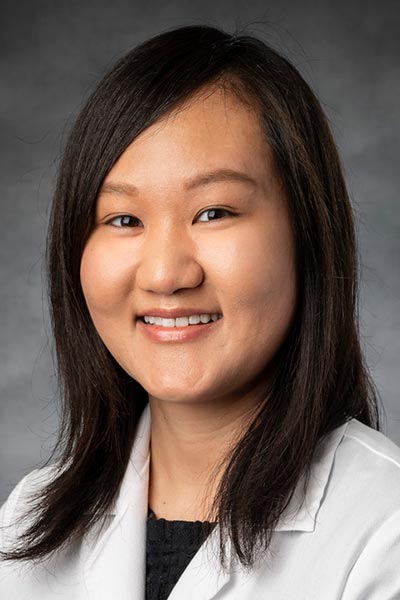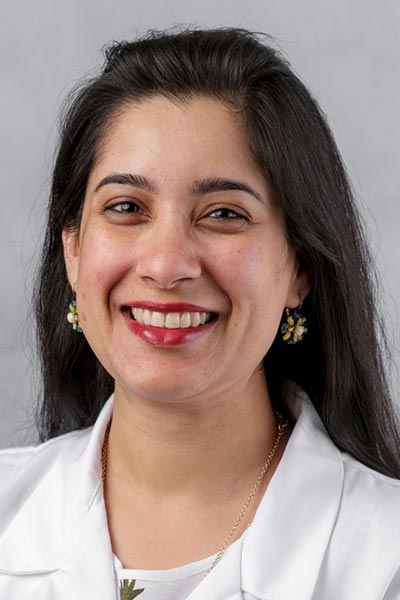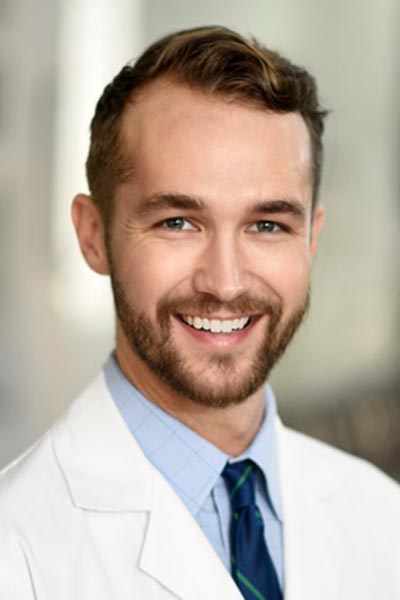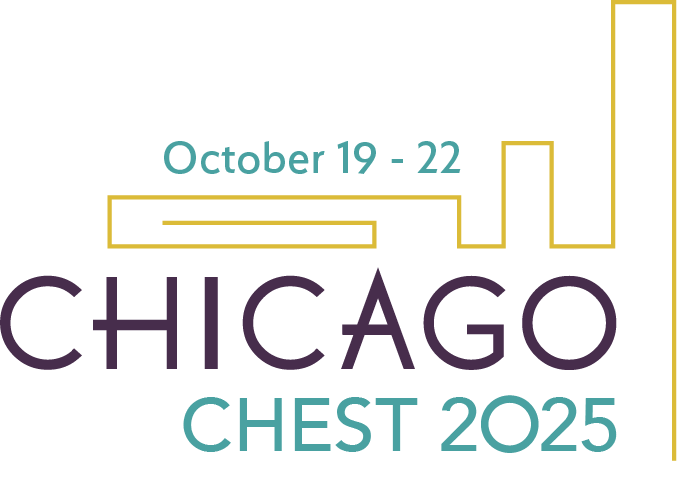
Simulation in medical education
Simulation training provides a safe, controlled environment for the deliberate practice of clinical skills. Modalities previously used in medical education include high-fidelity mannequins, standardized patients, computer-based simulations, and even virtual reality.1 The mastery learning method, in contrast to traditional instruction, emphasizes a structured, stepwise approach in which learners must demonstrate competency on one level before progressing to the next.2 When combined with simulation, the simulation-based mastery learning (SBML) approach has become a well-established, effective strategy in medical education.
Numerous studies show that SBML enables learners to effectively manage patient encounters, perform laparoscopic procedures, and more reliably adhere to ACLS protocols.3 Strong evidence supports its impact on improving clinical performance, enhancing skill retention, and ultimately raising the quality of patient care.

Because procedural competency is essential to pulmonary and critical care, SBML has been widely integrated into fellowship curricula. A review of simulation training for airway management, bronchoscopy, and pleural access found significant gains in operator proficiency along with reductions in complications.4 For high-acuity but low-occurrence clinical scenarios, such as massive hemoptysis, case-based simulation has been shown to improve fellows’ confidence and to enhance their ability to successfully manage these critical events.5
Such simulation is not limited to fellows, however; in fact, the upcoming CHEST Annual Meeting will offer more than 35 simulation courses for learners at all levels, organized by the CHEST Live Learning Subcommittee.
Simulation in today’s sleep medicine training
Despite its robust adoption in pulmonary and critical care settings, the application of simulation in sleep medicine is in its early stages. Recent initiatives, including a novel scoring course and case-based ventilation workshop, highlight the potential for simulation in sleep medicine training.

Sleep study scoring is a core competency acquired during sleep medicine fellowship.6 In an effort to standardize instruction and assess proficiency, Epstein and colleagues developed an online, interactive sleep scoring curriculum using SBML.7 The program combines video-based instruction with hands-on scoring tasks, followed by feedback, to teach signal acquisition, waveform recognition, sleep staging, and event identification (arousals, respiratory events, and movement events). Supported by the American Academy of Sleep Medicine, this curriculum achieved 90% agreement with gold standard scoring and is now available to fellowship programs as the Inter-Scorer Reliability Scoring Course.
Technologic advances in home noninvasive ventilation (NIV) have expanded therapeutic options but also widened knowledge gaps, leaving many providers uncomfortable with managing chronic respiratory failure.8 To address knowledge gaps, the Illinois Sleep Society has hosted an annual Noninvasive Ventilation Workshop for pulmonary, critical care, and sleep fellows in the Chicagoland area since 2022. The workshop combines introductory lectures with simulation-based cases, such as a hospitalized patient with hypercapnic COPD preparing for discharge or a clinic patient with amyotrophic lateral sclerosis initiating home NIV. Through these scenarios, fellows gain hands-on experience with these complicated and often intimidating devices. They push buttons, adjust settings, and make mistakes in a risk-free environment. This simulation approach builds confidence and prepares trainees for real-world patient care.
Future directions
Despite its widespread use in medical education, simulation remains underutilized in sleep medicine. Limited case-based simulations have addressed difficult scenarios, such as managing sleep disorders in the context of posttraumatic stress disorder, depression, or medication abuse. The management of neurostimulator devices for sleep apnea is highly technical and may be better taught through simulation. Expanding simulation beyond fellows to sleep technologists and other team members may also improve patient outcomes. Additional examples of simulation training in sleep medicine, which can be combined with mastery learning, are provided (Table 1); however, this list should not be considered exhaustive. As the field continues to evolve, a strong need for creative educational interventions coupled with rigorous evaluation of their effectiveness and strategies for wide dissemination will emerge.
Table 1 – Simulation Training Modalities Applied to Sleep Medicine Training
| Simulation Modality | Definition | Potential Applications in Sleep Medicine Training |
| Partial task trainers | Partial mannequins for focused practice of specific skills or procedures |
|
| Case-based simulation | High-fidelity scenarios that integrate multiple clinical tasks |
|
| Computer-based simulation | Screen-based or interactive virtual cases |
|
| High-fidelity mannequins | Physical simulators mimicking patients |
|
| Standardized patients | Trained actors portraying patients |
|
| Hybrid simulation | Combines multiple modalities for a comprehensive experience |
|
Simulation modalities and definitions adapted from Hamstra S, Philibert I. J Grad Med Educ. 2012;4(4):539-540.
Funding: Dr. Nathan Nowalk reports funding from NIH/NHLBI (F32HL182221).
Conflicts of interest: None of the authors have any conflicts of interest to disclose.
References
1. Hamstra S, Philibert I. Simulation in graduate medical education: understanding uses and maximizing benefits. J Grad Med Educ. 2012;4(4):539-540. doi:10.4300/JGME-D-12-00260.1
2. McGaghie WC, Issenberg SB, Barsuk JH, Wayne DB. A critical review of simulation-based mastery learning with translational outcomes. Med Educ. 2014;48(4):375-385. doi: 10.1111/medu.12391
3. Hughes PG, Brito JC, Ahmed RA. Training the trainers: a survey of simulation fellowship graduates. Can Med Educ J. 2017;8(3):e81-e89. PMID: 29098050; PMCID: PMC5661740
4. McSparron JI, Michaud GC, Gordan PL, Channick CL, Wahidi MM, Yarmus LB, Feller-Kopman DJ, Makani SS, Koenig SJ, Mayo PH, Kovitz KL, Thomson CC. Skills-based working gGroup of the American Thoracic Society Education Committee. Simulation for Skills-based Education in Pulmonary and Critical Care Medicine. Ann Am Thorac Soc. 2015;12(4):579-586. doi:10.1164/rccm.201907-1292SO
5. New ML, Amass T, Neumeier A, Huie TJ. Massive Hemoptysis simulation curriculum improves performance. Chest. 2024;165(3):645-652. doi:10.1016/j.chest.2023.10.013
6. Tobias L, Das A. Advancing to the next epoch in how we teach scoring. J Clin Sleep Med. 2022;18(12):2699-2700. doi:10.5664/jcsm.10200
7. Epstein LJ, Plante DT, Rosen IM. Mastery learning program to teach sleep study scoring. J Clin Sleep Med. 2022;18(12):2745-2750. doi:10.5664/jcsm.10200
8. Schulman DA, Piquette CA, Alikhan MM, et al. A Sleep medicine curriculum for pulmonary and pulmonary/critical care fellowship programs: a multisociety expert panel report. Chest. 2019;155(3):554-564. doi:10.1016/j.chest.2018.10.024
